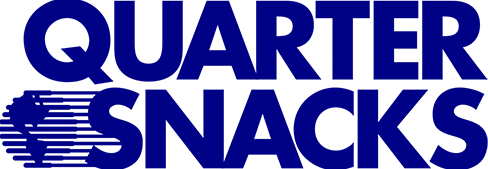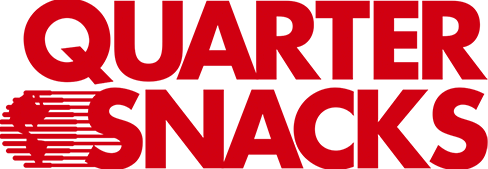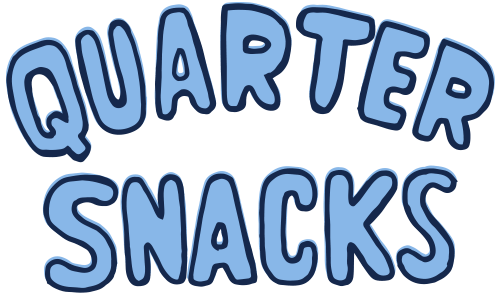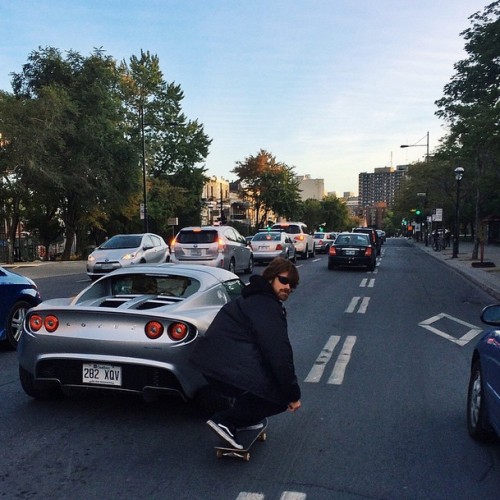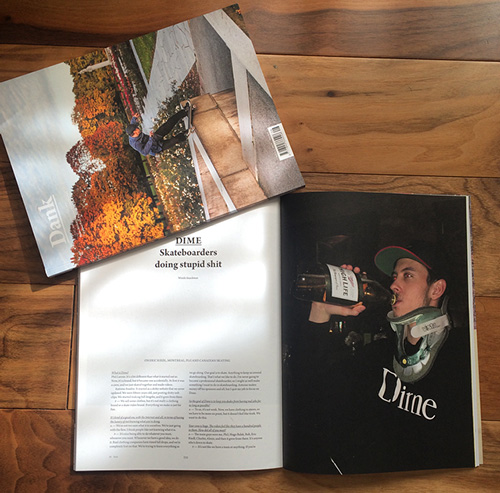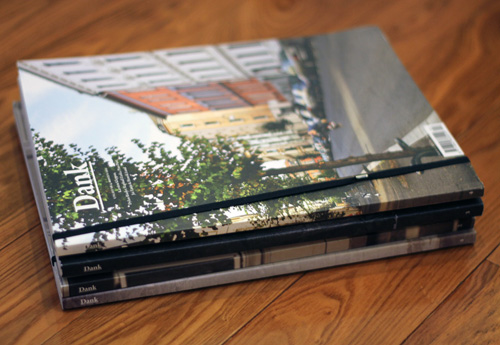This originally appeared in Dank Skate Mag issue number 8. We felt this was worth sharing online, given the slim chance that you have difficulty obtaining Norwegian skateboard magazines where you live.
Dime is one of the greatest “things” in skateboarding. I say “things” because even they don’t exactly know what they are. A brand, a crew, a series of videos, something? Being funny is hard enough, but being a funny skate crew — without falling into the same overused tropes of weed and dick humor as every other skater on Instagram — is impossible. These dudes somehow figured it out, all while embracing the relative invisibility of Canadians in skateboarding.
What is Dime?
Phil: It’s a bit different than what it started out as. Now, it’s a brand, but it became one accidentally. At first it was a crew, and we just skated together and made videos.
Antoine: It started as a shitty website that we never updated. We were fifteen-years-old, just posting shitty web clips. We started making full-lengths and it grew from there.
P: We sell some clothes, but it’s not really a clothing brand or a skate video brand. Everything we make is just for fun.
It’s kind of a good era with the internet and all to have the luxury of not knowing what you’re doing.
A: We’re not too sure what it is ourselves. We’re just going with the flow. I think people like not knowing what it is.
P: It’s nice being able to do whatever you want whenever you want. Whenever we have a good idea, we do it. Real clothing companies have timed fall drops, and we’re completely lost on that. We’re trying to learn everything as we go along.
Alexis Lacroix in the back: No definition, no limits.
P: Our goal is to skate. Anything to keep us around skateboarding. That’s what we like to do. I’m never going to become a professional skateboarder, so I might as well make something I want to do in skateboarding. Antoine makes money off his sponsors and all, but I quit my job to focus on Dime.
So, the goal of Dime is to keep you dudes from having real jobs for as long as possible?
A: To us, it’s not work. Now, we have clothing in stores, so we have to be more on point, but it doesn’t feel like work. We want to do this.

